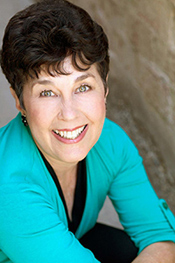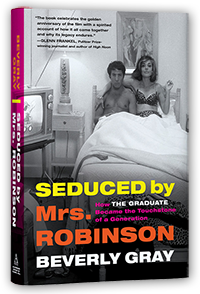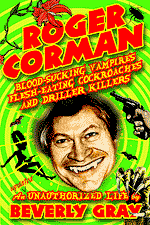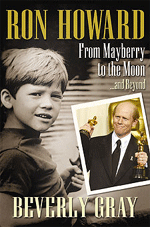It sometimes feels, in this world of ours, that everyone
hates everyone. The newspapers are full of feuds: between Ukraine and Russia,
between Sunni and Shia, between Democrat and Republican. Thanks to modern
technology, the globe is much smaller than it used to be. That’s why
hostilities between factions near the Black Sea can (alas) destroy the lives of
innocents from Holland and Malaysia. I guess you can call it progress.
Back in the nineteenth century, feuds may have been equally
brutal, but they covered much less territory. Take the famous case of the
Hatfields and the McCoys, which played out from 1865 to 1890 in a small valley
traversed by the Tug River, separating Kentucky from West Virginia. The
long-standing vendetta between these two interrelated mountain families eventually
grew so fierce that it nearly reignited the Civil War. Before it petered out,
it had captured the imagination of readers across the U.S., thanks to the big-city
newsmen who descended on the Tug Valley to get the scoop.
My knowledge of the Hatfields and McCoys does not come from
the much-lauded miniseries that ran on the History Channel in 2012. From the looks
of the cast list, the producers tried hard to reflect the actual doings of the
feud’s main participants. But showbiz understandably needs to cut corners.
Anyone wanting the full saga should check out a book that was published in
2013. Dean King’s The Feud: The Hatfields & McCoys: The True Story is the result of years of research, including
the author’s discovery of source material that had remained untapped for over a
century.
And what a story King tells! It features moonshiners, yellow
journalists, bounty hunters, hotheads, deadbeats, crooked lawmen, avengers,
turncoats, a Romeo and Juliet romance, kinfolk who die of broken hearts, a
public hanging, and the Supreme Court. I learned about the local flora and
fauna, and got clued in about the role of razorback hogs (the source of the
political term “earmark”) in helping ignite the feud. I also got up to speed on
the region’s enthusiastic mating habits: it was not unheard of for a couple
like Randall and Sally McCoy to have sixteen children, with the eldest and the
youngest born 25 years apart. (Eight of those children would be feud victims.)
Of all the instances of senseless bloodshed, the one that
still haunts me took place in 1888. In a New Year’s Day raid, Hatfield
marauders attacked a McCoy cabin, killing and maiming several women. Through
the long night afterwards, five McCoys huddled around a campfire, watching
their home burn to the ground. Writes King, “Sally [McCoy], whose ribs had been
broken near the spinal column, was unable to walk, and her bloody hair was
frozen to the ground.” Later, he cinematically describes a shootout between a lawman
and someone from the Hatfield camp: “Both men squeezed their triggers. Crazy
Jim’s hat flew ten feet above his head, like a cap tossed in victory. Some of
his brains were inside it.”
It’s a story not short of colorful characters (with names
like Devil Anse, Hog Floyd, Bad Frank, and Squirrel Huntin’ Sam), but this was
no Li’l Abner cartoon. The violence persisted, egged on by bounty seekers and
the national press, almost into the twentieth century. Remarkably, in 1913,
a later Hatfield, a physican, became a progressive governor of West Virginia. And
in 2003, an official peace treaty was signed by the two families’ descendants
to symbolize American unity in a post-9/11 world.
I wonder if we’ll need to wait 100 years for today’s
international feuds to run their course.








I certainly hope not. I started the TV miniseries, but it just didn't keep my attention and I turned it off. I think the book sounds like it would keep my attention better. If you want to take what I suspect is an even larger step away from the reality of the story - you could check out Fred Olen Ray's Hatfields and McCoys: Bad Blood - with Jeff Fahey (playing Devil Anse!), Christian Slater, Perry King, and Priscilla Barnes the name actors. It was a typically low budget affair meant to hit the video shelves at the same time the TV miniseries was airing, the better to draw in people to rent thinking they were getting Costner and Paxton. Mr. Corman has cast a long shadow, hasn't he?
ReplyDeleteYes, that's definitely Roger's style -- putting out quickies to take advantage of the buzz from a similar project!
ReplyDelete